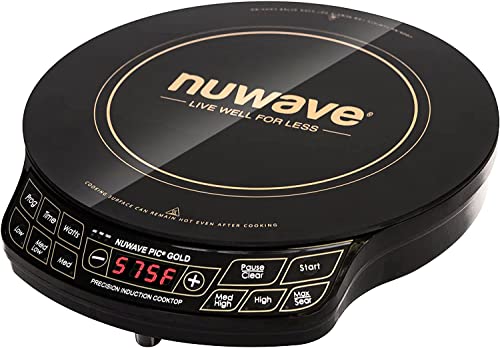Poking me with that 'just fine' stick eh Bob?? What's next, a Locust gun?

My personal electrical system at this point is about pushing the limits. I do not necessarily drive every day, but I can almost always plug in and high amp recharge and hold absorption voltage as long as needed. I also am usually parked in direct sun from 9 to 5 every day in a sunny and mild climate.
So I do not really need a buffer and am currently questioning my personal need for a house battery at all, since this AGm is so damn impressive being both engine and house when it is high amp and fully recharged often. My 200 watts of solar could never keep this AGM happy on its own with 50% discharges daily, but My alternator and a minimum of 15 minutes of driving on a sunny day certainly could, easily. Add in the occasional meanwell and a full charge followed by an all night long at 13.6v, and my battery mails me thank you notes after its 'happy ending'.
I do not recommend people follow my method of 50%+ daily discharges, unless of course they can plug whenever they want and have an adjustable voltage, high amperage charging source that can hold absorption voltage, well, forever, if they decide to Make it so.
Please keep in mind My particular AGM loves high amp recharge rates. Flooded batteries can accept high charge rates but they 'prefer' a 10 to 13% rate over 7 to 10 hours, not the 38 to 70% which I deliver via Meanwell or alternator upto the 80% charged area. Some AGMS say no more than 30% and it is wise to heed these recommendations on the lesser$$ AGMS which state this.
I do want people to know that the best flooded battery maker on the planet recommends a solar off grid System that can meet a 10 to 20% rate, and 10% is more than a 2 to 1 ratio of solar wattage to battery capacity, and twice the often recommended 1 to 1 rate.
Now everything is a compromise. It is unrealistic to meet a 20% charge rate Via solar in a mobile application, and quite difficult to meet a 10% rate in one, and the more capacity one carries, the harder it becomes.
Long story short is more solar is better. More capacity is not always better. Enough capacity to have as a buffer for the bad days, then enough solar to actually get to 100% on that first sunny day, is a good plan. An alternator that can dump a lot of amperage in a short amount of time and get 50% batteries to 75% quickly has a lot of merit, but Idling a high amp alternator is hardest on the alternator due to low alternator fan speeds and low airflow through the engine compartment speeds. Driving is so much better and so much more effective than idling to recharge when the capable alternator is well wired. If one wants to carry a generator and a high amp charger, well that is great too. The small engine powering an Alternator is a good bulk charger too, but no matter whatm that last 20% of charge to reach an actual battery orgasming 100% state of charge, takes hours, about 4 of them, no matter the available strength of the charging source.
Please disregard any statement that a well depleted lead acid battery can be fully charged in less than 4 to 5 hours. 90 to 100% alone takes 2.5 hours. the higher the state of charge, the slower it recharges.
You don't want to have to have multiple sunny days in a row to overcome a bad week of weather. Employ other charging sources. The alternator can be an excellent bulk charger.
But then again they are only batteries. Spending 1000$ to make a 300$ battery last twice as long makes little financial sense.
Regarding my system, I might have found a way to trick my engine computers' voltage regulator and manually control an external voltage regulator allowing me much more precise control of the alternator's contribution to my battery.
Does somebody hear distant maniacal laughing??????
That would be me.

Now since my alternator is worked hard, I plan on making a forced cold air intake for it, to increase output and reliability and longevity, even though it has a lifetime warranty and only takes me 15 minutes to replace and the previous one lasted 8 years being worked hard often









































































